Kashmir: Triumphs and Tragedies
Author: Dr Abdul Ahad
Publisher: Gulshan Books, Srinagar, Kashmir
Year of Publication: 2012
Pages: 294 Price: Rs 1495
Reviewed by Mushtaq Ul Haq Ahmad Sikander
Kashmir Issue and its dynamics have engaged a lot of minds since the birth of the present dispute in 1947. The independent state of Jammu & Kashmir as it existed before the partition of the subcontinent couldn’t save itself from the violence and political ruckus going around. It also had to bear the brunt of the politics going around and got partitioned with one part being administered by Pakistan and other by India. The history writing of Kashmir too got mired with conflicting narratives from the Indian and Pakistani historians. The Kashmiri historians too couldn’t save themselves from these influences, plus the conflict that is still ravaging didn’t let the historians document the authentic history of Kashmir, particularly the political history. The tragedy with political history writing of Kashmir remains the same and I can’t surmise till how long this stagnation will continue.
Dr Abdul Ahad, a former bureaucrat and historian whose book under review implores various dimensions of Kashmir politics and society utilizes a novel way of writing. I remember his confession that he made in his previous book, Kashmir Rediscovered: The Vicissitudes of Kashmir’s Historical Individuality and Assertion of Kashmiri Personality, stating that “The book is an attempt to perform my ablutions and wash sins of my silence which I observed as a bureaucrat during those tiring days of turbulence in Kashmir” (P-xii). In this book the author makes no such confession but in the Preface stating the purpose of writing the book, he observes, “Seeking to present fresh perspectives on Kashmir facts: told and untold, the Volume sheds some light not only on the Kashmiri accomplishments and triumphs but also on a bewildering array of hardships, despairs, failures and indescribable woes that have besieged the Kashmiris since the commencement of the occupation of their land by the forces wholly poles apart culturally, historically and geographically”.
In his Prologue Dr Abdul Ahad launches a tirade against the new generation’s hedonistic use of technological gadgets and social networking that is eating up most of their time and energy, hence being responsible for keeping them unaware about their history. Also the sword of criticism falls on leaders of each hue for their faults and Dr Ahad also condemns the elite of Kashmiri society.
The book is divided into ten parts and almost all the parts have three or more than three topics written in research paper style each dealing with a different issue but related to broad theme of the part. These research papers though written in an academic style with an abstract too aren’t too difficult to understand as they have been lucidly written making the concepts clear for the reader to decipher. The reality of the facts about Kashmir dawns on the reader as he goes through the book. The beauty of Kashmir is mesmerizing to everyone but its people are in perpetual political instability and Kashmiris themselves have rarely ruled the country.
Dr Ahad describes the various facets of history through which Kashmiris passed and the atrocities they suffered, and how in a certain phase all the agricultural produce was snatched from them. He also criticizes the noted poet and historian Kalhana for his poor portrayal and depiction of character of Kashmiris as docile, cunning, selfish in his book Rajtarangni without analyzing the reasons for the same. Despite the criticism Dr Ahad certainly acknowledges and depicts how the Rural-Urban divide among Kashmiris is growing wider and also the jealousy and envy Kashmiris have against each other.
In one part of the book that deals with leaders and their characteristics Dr Ahad describes differences between charismatic and popular leadership as well as states that past charismatic leaders were blessed and possessed qualities of virtue, vision and wisdom that present day leaders lack. While describing the stalwart Kashmiri leader Sheikh Muhammad Abdullah, Dr Ahad writes, “the lionized Sheikh, who though, a born rebel had died, not long ago, a blithering lackey and a most loyal sergeant of his Lordship and leaving behind a roistering legacy not weighing beyond an instilled land reforms and menacing memories oscillating between love and hate syndrome” (P-35).
In one part on Intellectuals and their lack of intellectual vigor and those who try to become intellectuals in old age only, he condemns them in these words, “The boastful bragging, about their academic attainments and white collar skills, which the intelligentsia is accustomed to resort to browbeat us into accepting their suzerainty, does not make them intellectuals. Their recurrent appearance on television and electronic media, functions, symposia’s and ostensible commitment to social service and jobs of public interest too do not facilitate them to touch the fringe of this august position. They are short on requisite acumen to come out of the shell that transmutes them into mere hooks, bolts and nuts of the apparatus called State service sector which is wholly geared to preparing masses to reconcile with the needs of a static political organism and get soaked through its archaic languorous milieu” (P-70).
In another part of the book, Dr Ahad deals with the prevailing trends towards history writing, the misuse of history, its communalization and its flawed division in Kashmir as Buddhist, Muslim and Hindu history of Kashmir, and forgotten historians. He condemns the use of history as opium and creating false hallucination about Golden past in these words, “Our predilection for digging only the brighter pages of history to highlight the most striking and prettiest parts of an event and for formulating a fictious sense of national pride is a trend precarious enough to stifle our moorings beyond imagination. It blocks our vision to proceed straight in life; kills our initiative to conquer challenges” (P-91).
Dr Ahad acknowledges that the politically charged term Kashmiriyat, that is a misnomer to describe our culture of pluralism and tolerance, while as the right term to describe this culture is Rishism, was his brainchild but now he is repentant at its misuse, “Originally devised by the present author, in the contextual background of a fluid political situation obtaining in 1984, to lend an intellectual content and meaning to the much publicized but vaguely worded idea/slogan: izzat oo abroo ka maqam and make it thus an effective and viable alternative and alimony for the Kashmiri aspirations, the phrase/expression was to our dismay hijacked and eventually used as a tonic for both the lords and their loyal subjects to make them feel much comfortable and stronger in their behavior and attitude towards Kashmir and Kashmiris” (P-99).
Dr Ahad also deals with the impact of Sufis and Rishis on the socio-economic well being of Kashmiri Muslims, and the paper on role of Karkhanas and how vibrant and decadent they were in each period of indigenous and alien rule is a compelling and insightful read, that depicts the role and contribution of Karkhanas in the socio-economic change in Kashmir. He also deals with the different methods of resistance that Kashmiris have used in their individual lives as well as collectively.
A few chapters also deal with Kashmiri Diaspora particularly those settled in United Kingdom, their problems and contribution towards Kashmir cause and particularly the experience of the author with Kashmir Centre in Luton. Also the forgotten massacre of Jammu Muslims in 1947 has been documented too, alongwith the oral history about the landing of Indian army in Kashmir on 27th October, 1947. Dr Abdul Ahad brings time and again this fact to the fore that Instrument of Accession of Kashmir with India being fabricated and flawed and he calls it as Leech Monster love story.
In his Epilogue to the work, Dr Ahad vehemently criticizes the resistance leadership of Kashmir as, “Even the image of resistance leadership is not encouraging enough to attract a positive comment. It does not take us much to uncover how sincere it is; its avarice, hypocrisy and artificiality are fairly known even to school children on whose education its imported politics and uncalled for hartals wreak havoc so frequently. It stands severely impaired by recent Wikileaks that hold it accountable for the filthy beldam Kashmir presents. The Kashmir leaders seem regrettably indisposed towards shunning their egos, sinking their differences and putting a stop to mayhem to save Kashmiris from slipping into future unmarked mass graves. Their responsibility to be candid is all the greater when their conduct is the only measure of that of majority of their fellow Kashmiris” (P-258).
Overall the book is a nice read about various dimensions of Kashmir Conflict, history, society, economics and particularly politics. The author needs to be congratulated for adopting new way of writing on this subject, that is academic but the jargon and difficult concepts are missing, making it quite easy for reader to understand. But in most cases the referencing style is wrong and troublesome, like year of publication of books is missing, while some books are mentioned in abbreviations, plus on P-253 only first four references are given rest ten are missing. Also the printers devil sours the taste at certain places and the price is exaggeratingly expensive that makes it out of reach for a common reader. Despite these flaws the book is a worth read, and the author needs to be congratulated and we look forward to his next works.
M.H.A.Sikander is Writer-Activist based in Srinagar, Kashmir and can be reached at sikandarmushtaq@gmail.com

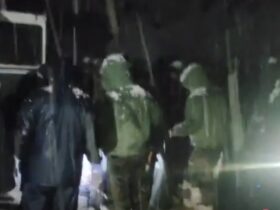
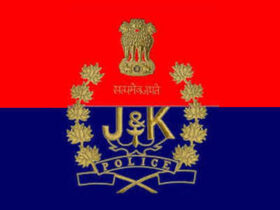
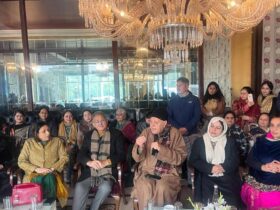
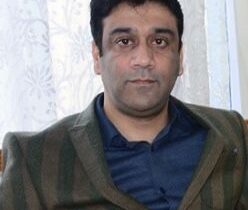
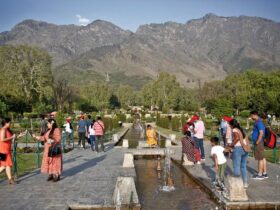
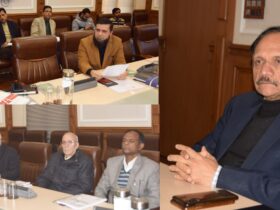
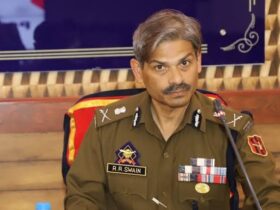
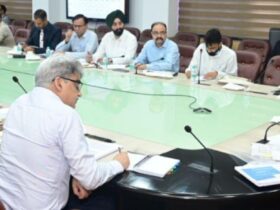
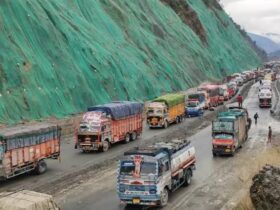
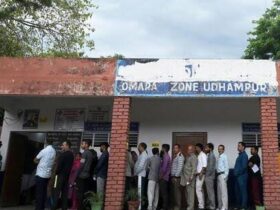
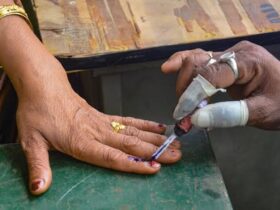
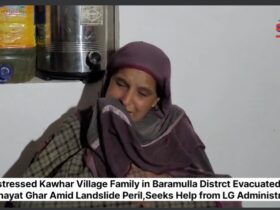
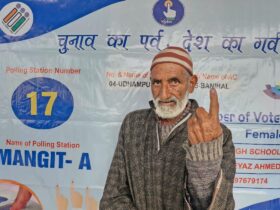
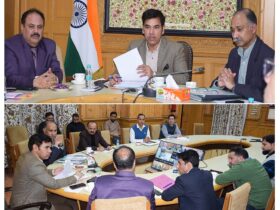

Leave a Reply